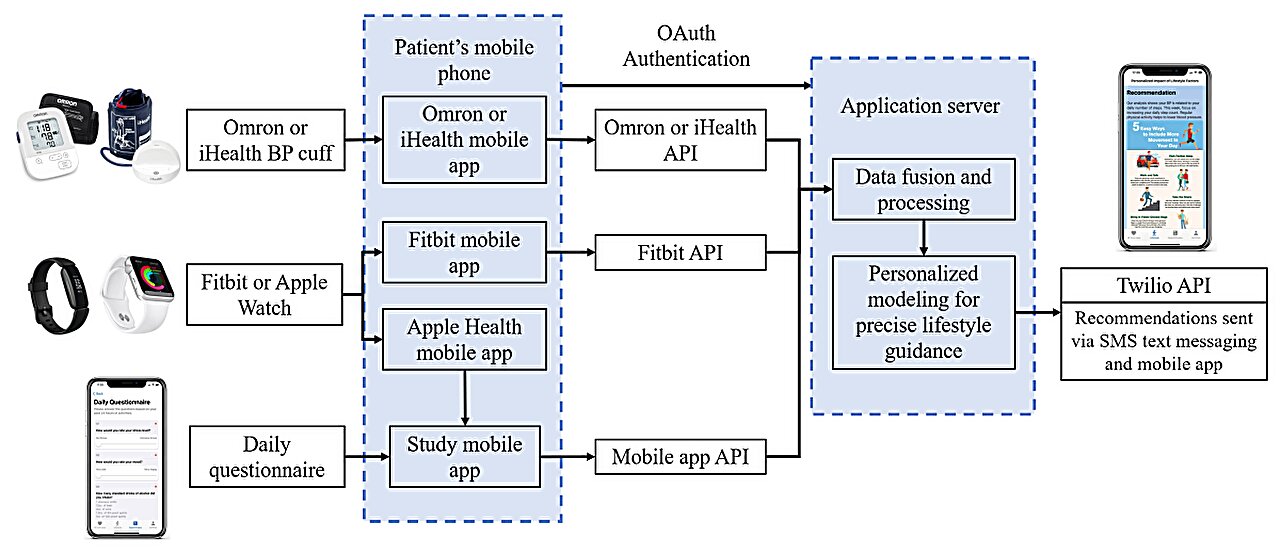
Can Mixed Reality Technology Worsen the Blood Shortage Crisis?
As a tech enthusiast who loves exploring the latest gadgets, I couldn’t help but delve into the recent buzz surrounding mixed reality technology and its potential impact on blood donation. While many hail this innovation as a game-changer in alleviating the blood shortage crisis, I dare to challenge this narrative.
A Different Perspective on Blood Donation
While the use of mixed reality headsets during blood donation may seem like a novel approach to engage donors, I argue that it could inadvertently exacerbate the underlying issues contributing to the blood shortage. The immersive experience provided by these headsets may create a false sense of fulfillment among donors, leading to a decrease in repeat donations.
The Illusion of Addressing the Root Cause
Proponents of mixed reality technology in blood donation emphasize the need to reframe the experience and attract more donors, especially younger individuals. However, I question whether this approach truly addresses the root cause of the blood shortage. Instead of focusing on innovative distractions, shouldn’t we be tackling the systemic issues that deter individuals from donating regularly?
Anecdotal Evidence vs. Sustainable Solutions
While anecdotal evidence suggests that donors enjoy the virtual environments created by the headsets, we must not overlook the long-term sustainability of blood donation efforts. Relying on technology-driven solutions may provide a temporary boost in donor numbers, but without addressing the fundamental reasons behind the shortage, we risk perpetuating a cycle of dependency on external stimuli.
Looking Beyond the Hype
In a world where technological advancements often overshadow traditional practices, it is crucial to maintain a critical perspective on the true impact of innovation. While mixed reality technology undoubtedly offers a unique donor experience, we must not lose sight of the importance of genuine, altruistic motivations for blood donation.
Conclusion
As I reflect on the intersection of technology and healthcare, I urge readers to consider the implications of embracing mixed reality in sensitive domains such as blood donation. While the allure of immersive experiences is undeniable, let us not forget the essence of selfless giving that lies at the heart of addressing the blood shortage crisis.













